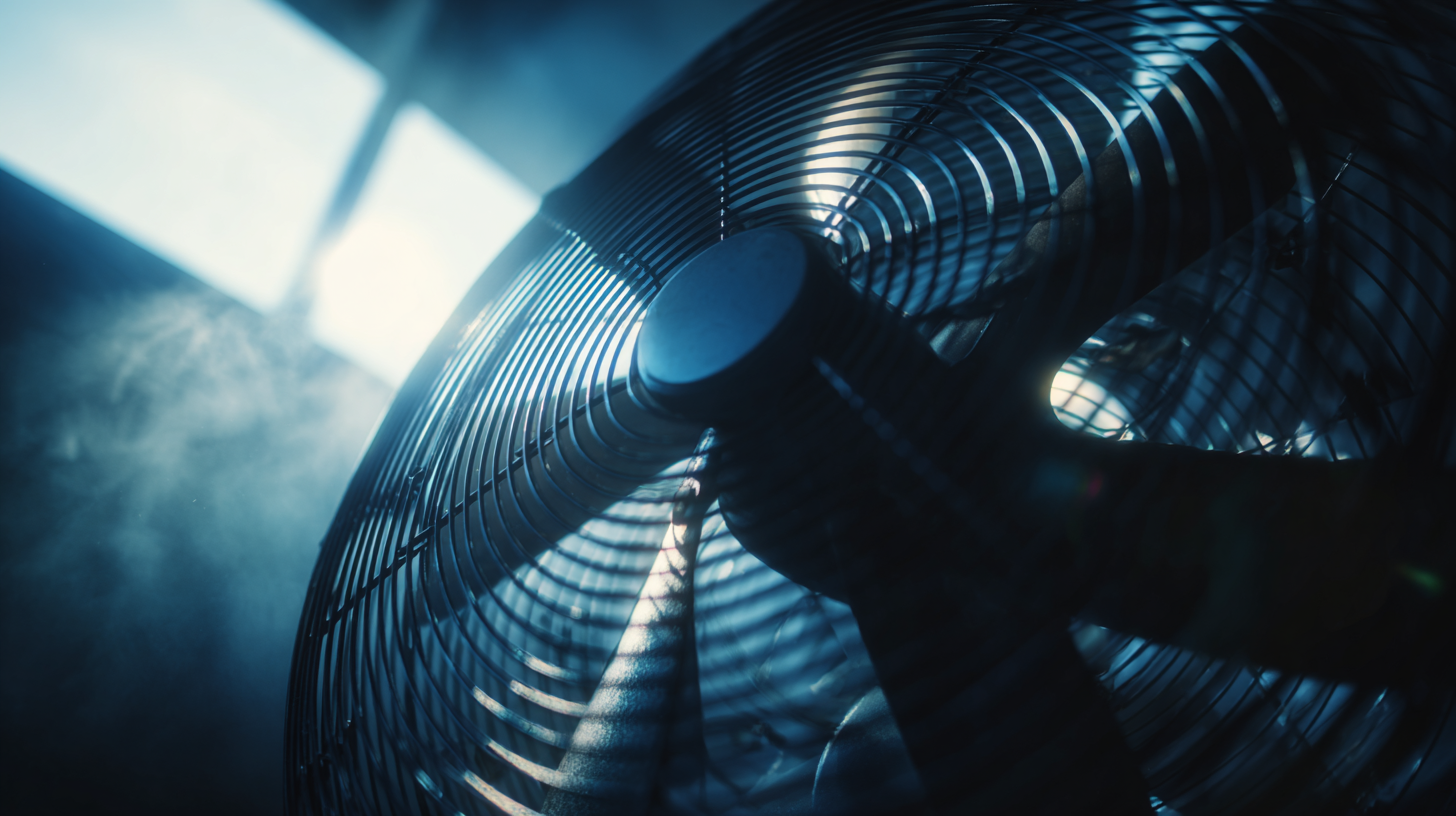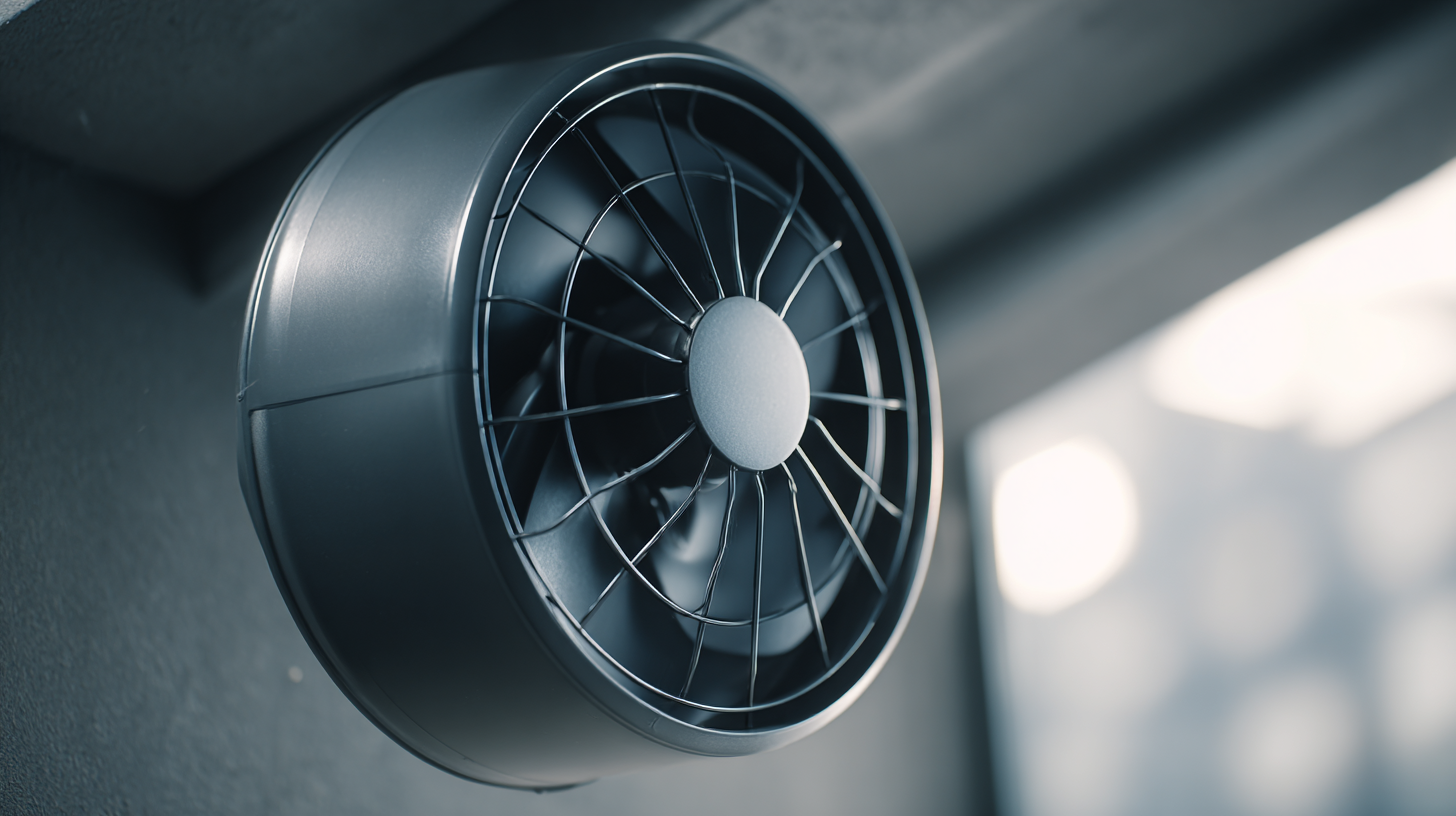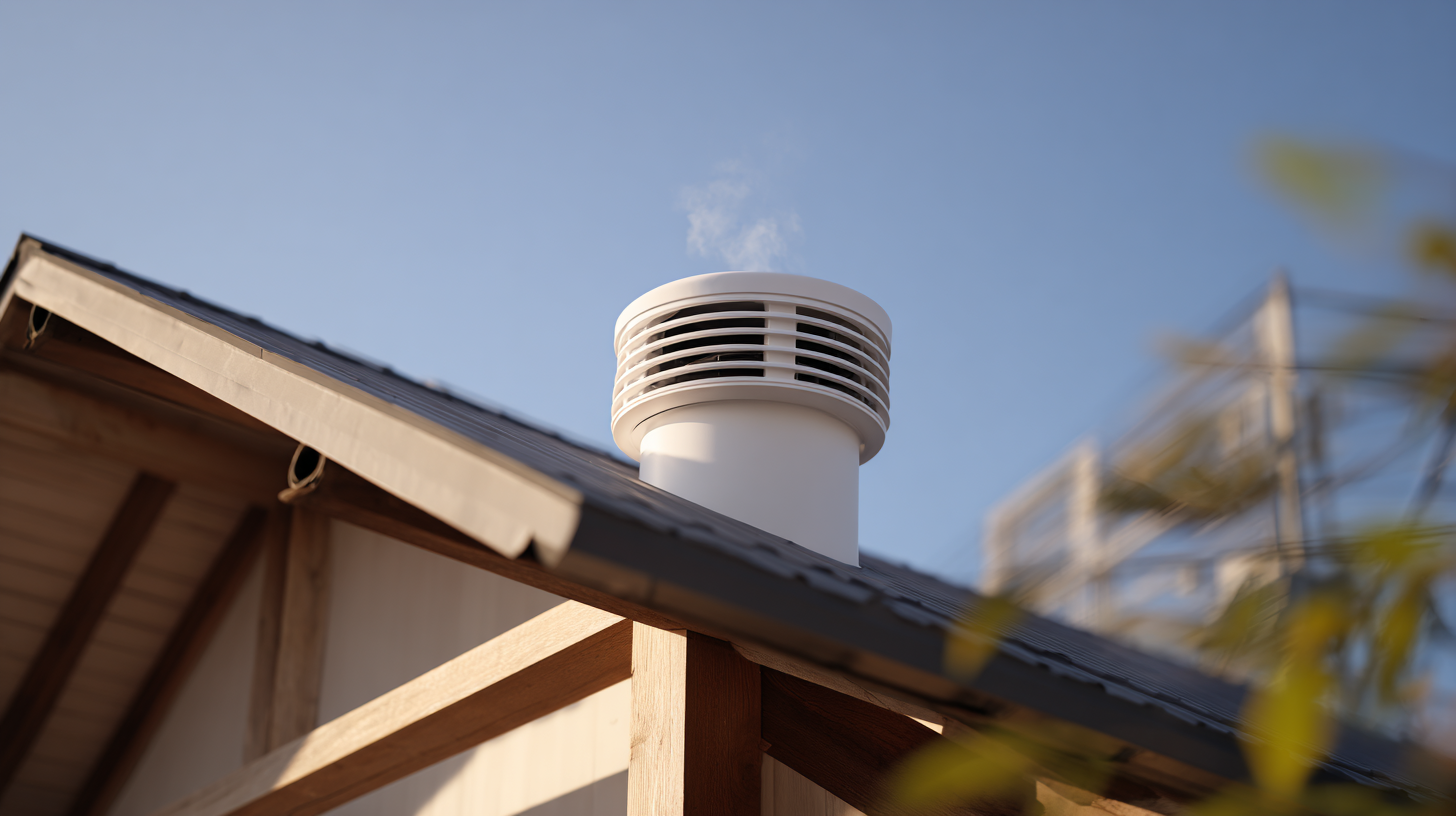




When it comes to enhancing energy efficiency in residential spaces, the importance of a high-performing attic fan motor cannot be overstated. According to the U.S. Department of Energy, proper ventilation can reduce cooling costs by up to 30%, making the choice of attic fan motors a critical factor for homeowners. With an increasing focus on sustainability and energy savings, not all attic fan motors are created equal; the best models offer advanced features that ensure optimal airflow and lower electricity consumption. Studies show that well-designed attic fans can significantly decrease indoor temperatures, which not only improves comfort but also extends the lifespan of HVAC systems.

In this blog, we will explore seven key reasons why selecting an energy-efficient attic fan motor from a reputable manufacturer can outpace the competition in performance, reliability, and long-term savings.
In the realm of attic fan technology, the push for energy efficiency has never been greater. High-efficiency motors play a pivotal role in enhancing the performance of attic fans, leading to significant reductions in energy consumption. According to recent guides on energy efficiency, implementing advanced motor technology can result in energy savings of up to 30% compared to traditional motors. This improvement not only translates to lower utility bills for homeowners but also contributes to a reduced environmental footprint.
The benefits of high-efficiency motors extend beyond just energy savings. They often operate at quieter levels, which is particularly important for attic fans that may be located near living spaces. In the latest energy efficiency reports, efficient motor systems have been shown to decrease noise pollution significantly, providing a more comfortable living environment. Additionally, these motors typically have a longer lifespan due to their superior design, reducing the need for frequent replacements and further decreasing waste. As awareness grows about the advantages of high-efficiency motors, more homeowners are likely to consider these innovations, driving the industry towards sustainable practices.
| Feature | High-Efficiency Motor | Standard Motor |
|---|---|---|
| Energy Consumption (Watts) | 50 | 75 |
| Annual Operational Cost ($) | 30 | 45 |
| Lifespan (Years) | 15 | 10 |
| Noise Level (dB) | 35 | 50 |
| Cooling Efficiency (%) | 90 | 75 |
| Environmental Impact | Low | Moderate |
| Return on Investment (Years) | 2 | 3 |
When comparing energy consumption in attic fan motors, it's clear that not all models are created equal. According to a recent report from the U.S. Department of Energy, high-efficiency fan motors can reduce energy costs by up to 50% when compared to standard motor designs. This is crucial for homeowners seeking to lower their utility bills while maintaining optimal attic ventilation. The most efficient motors typically feature advanced technologies such as variable speed controls and better insulation, providing a significant edge in energy performance.
Tip: When selecting an attic fan, look for models with the ENERGY STAR label, as these have been tested and proven to meet strict energy efficiency guidelines. Additionally, understanding your attic's square footage can help you choose the right fan size, further optimizing energy use and maintaining effective airflow.
In a comparative analysis, fans using permanent split capacitor (PSC) motors outperform shaded pole motors in both energy efficiency and longevity. Reports note that PSC motors consume approximately 30% less energy, translating into greener households and reduced carbon footprints. Investing in a high-quality attic fan with superior motor technology is not only beneficial for your home’s energy use but also contributes positively to the environment.
Tip: Consider investing in smart attic fans that can be programmed or connected to home automation systems, ensuring they're only in use when necessary, thus maximizing energy savings.
The design of an attic fan motor plays a critical role in optimizing performance and enhancing energy efficiency. Modern motor designs often incorporate advanced materials and engineering techniques that minimize energy loss, such as using high-quality bearings and efficient cooling systems. According to a report from the American Council for an Energy-Efficient Economy (ACEEE), motors configured with energy-efficient technologies can
reduce operational costs by up to 30%, significantly impacting home energy consumption.
Additionally, the motor's speed regulation features are crucial for maintaining optimal airflow without excessive energy consumption. Variable speed motors, for instance, adjust their output based on temperature variations, ensuring that the attic remains properly ventilated without running at full power continuously. A study by the Department of Energy (DOE) indicates that homes equipped with energy-efficient attic fans can lower summer cooling costs by as much as
15%. This illustrates how thoughtful motor design not only improves functional performance but also aligns with broader goals of sustainability and energy savings in residential spaces.
As the demand for sustainable living grows, the technological advancements in attic fan motors are becoming increasingly vital. Future trends in attic fan motor technology emphasize energy efficiency, incorporating eco-friendly materials and design practices. By optimizing airflow and minimizing energy consumption, these innovative fans not only enhance indoor comfort but also significantly reduce carbon footprints.
Moreover, the rise of eco-cooling solutions highlights the shift towards more sustainable air conditioning options. Attic fans that boast high-performance motors can greatly assist in maintaining ideal home temperatures without relying heavily on traditional energy sources. These motors utilize advanced features that adjust their speed based on temperature and humidity levels, ensuring that energy use is minimized while airflow remains maximized. As consumers become more conscious of their environmental impact, investing in state-of-the-art attic fan motors represents not just a smart home improvement, but also a commitment to sustainability.

 When selecting an attic fan, energy efficiency should be at the forefront of your decision-making process. According to the U.S. Department of Energy, an energy-efficient attic fan can reduce cooling costs by up to 30%, making it a valuable investment for homeowners looking to save on energy bills. Look for models that are ENERGY STAR certified, as they meet stringent energy efficiency requirements and can significantly lower your overall electricity consumption.
When selecting an attic fan, energy efficiency should be at the forefront of your decision-making process. According to the U.S. Department of Energy, an energy-efficient attic fan can reduce cooling costs by up to 30%, making it a valuable investment for homeowners looking to save on energy bills. Look for models that are ENERGY STAR certified, as they meet stringent energy efficiency requirements and can significantly lower your overall electricity consumption.
Additionally, consider the motor type and airflow rating of the attic fan. High-efficiency brushless DC motors are known to consume less energy while providing optimal performance. The Home Ventilating Institute suggests assessing the fan's airflow rating, measured in cubic feet per minute (CFM). A more efficient fan will deliver the necessary ventilation with lower energy use, ideally aiming for a CFM rating that suits your attic's size. By prioritizing these factors, you can enhance your home's ventilation system while achieving substantial energy savings.


